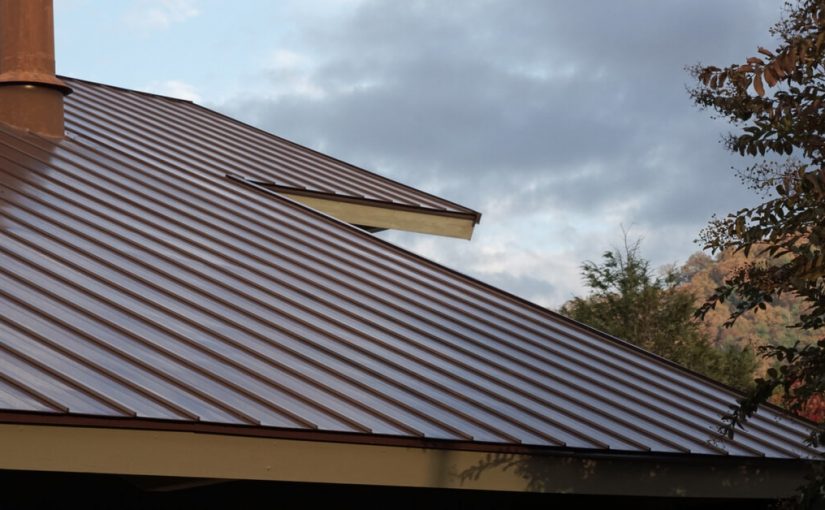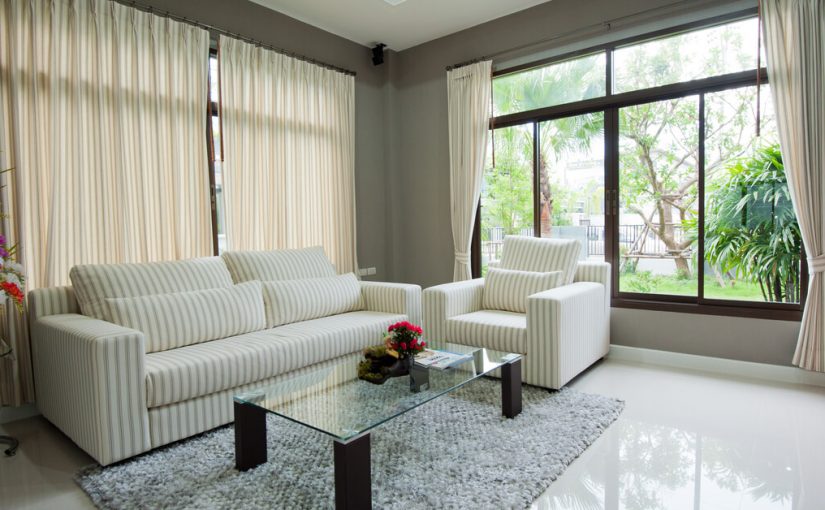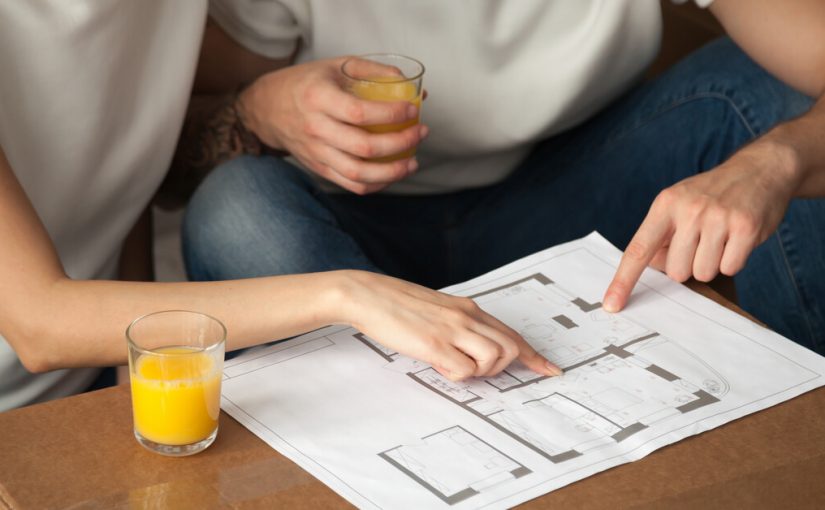(3-min read)
Even though basements aren’t as common in Oklahoma due to the rocky soil, there are some houses equipped with basements and storm shelters. Because many Oklahomans are unfamiliar with proper basement maintenance, one of the primary headaches of having a basement is water damage. Whether you have a basement or are looking at buying a home with a basement, here are some tips on preventing and avoiding basement water damage.
French Drains
Like french fries, french drains do not actually originate in France. These Massachusetts inventions are a series of perforated drain pipes buried a few feet under gravel-lined ditches that run along the foundation of your home. Angled down, the pipes catch residual water that would typically flow through the foundation of your basement. While there are various designs and applications depending on the style of the home, climate, and soil composition, the design is essentially the same. Water follows the path of least resistance, thus is more apt to flow through the gravel into the hole-filled drainpipes than to make its way into your basement.
Vapor Barriers
To keep moisture from seeping into your basement, cement is frequently too porous to do the job alone. Insulation can also be particularly gross and musty when wet. It’s for this reason that many recommend installing a vapor barrier between the wall insulation and the concrete foundation. A vapor barrier is a variety of sheets of water-resistant material designed to keep water from getting wall studs and insulation wet. For the excellent job vapor barriers do in keeping moisture out, they’re unfortunately also great at keeping moisture in. For this reason, it is recommended to leave a gap between the vapor barrier and the concrete wall to allow for the water to evaporate instead of being locked into the basement.
Waterproof Paint
While waterproof interior paint seems like an obvious solution to keep water out of your basement, it really should be treated more as a temporary fix. When applied, the paint will prevent a fair amount of water from entering the basement and will hide past water stains. The problem lies in the fact that the water has already made its way through the foundation and is only being kept back by a few layers of waterproof paint. It may hold for a while, but it will eventually fail and require and more permanent solution.
Sump Pumps
The most tried-and-true method of removing water from your basement is with a sump pump. Sump pumps are typically connected to drains located at the lowest points of the basement. After a heavy rain or just when the drain is filled with a certain amount of water, the pump kicks on to remove the gathered water before it has a chance to flood your basement. Sump pumps are highly recommended for those whose basements are located on higher water tables that make them more prone to flooding.
Have you always wanted a basement? The custom home construction professionals from Perry Hood Properties can help.













